Epic Seven is a popular turn-based RPG with strategic depth, requiring careful team composition to succeed in various game modes like PvE and PvP. Building a well-rounded team is essential for overcoming challenges and achieving victory. This guide will walk you through the fundamentals of creating effective teams and optimizing your roster for different content;
What is Epic 7?
Epic Seven is a turn-based gacha RPG developed by Super Creative and published by Smilegate. Known for its anime-style visuals and strategic gameplay, the game allows players to collect characters and form teams to tackle various challenges. It features a rich story, customization options, and both PvE and PvP modes, appealing to fans of RPGs and tactical combat. With its engaging combat system and deep customization options, Epic Seven has become a popular choice for mobile and PC gamers alike, offering a unique blend of storytelling and strategic depth.
Why Team Building is Crucial in Epic 7
Team building is essential in Epic Seven due to its complex combat mechanics and diverse character roles. A well-structured team ensures balance, synergy, and effectiveness in both PvE and PvP content. Each character has unique abilities, making strategic composition vital for overcoming challenges. Proper team building allows players to maximize damage output, maintain survivability, and adapt to various combat scenarios; Without a cohesive team, progression becomes difficult, especially in late-game content. Thus, understanding and investing time in team composition is key to achieving success and enjoying the game to its fullest potential.
Overview of Key Considerations for Team Composition
Building a strong team in Epic Seven requires balancing roles, elements, and character synergy. Key considerations include elemental strengths and weaknesses, ensuring diversity to exploit enemy vulnerabilities. Role distribution is critical, with a mix of tanks, healers, DPS, and support characters. Gearing and stat optimization are also vital, focusing on primary stats like HP, ATK, and DEF. Synergy between characters can enhance team performance, while strategic picks based on content type (PvE or PvP) ensure effectiveness. Adaptability and flexibility in team composition are essential to tackle various challenges and progression stages in the game.
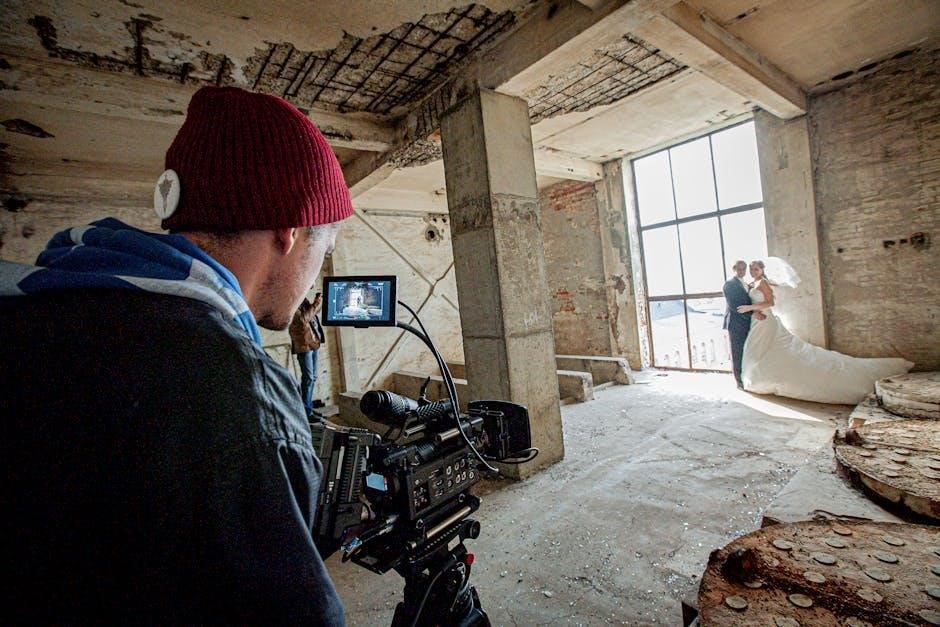
Understanding Roles in Epic 7
Epic Seven features distinct roles: Tank for absorbing damage, Healer for sustaining allies, DPS for dealing damage, and Support for enhancing team capabilities. Understanding these roles is crucial for effective team building.
Types of Roles: Tank, Healer, DPS, and Support
In Epic Seven, teams rely on four primary roles: Tank, Healer, DPS, and Support. Tanks absorb damage and protect allies, while Healers sustain the team with recovery skills. DPS characters focus on dealing high damage, and Supports enhance team performance through buffs or debuffs. Balancing these roles ensures versatility and effectiveness in various content, whether it’s PvE or PvP. Understanding each role’s strengths and weaknesses is foundational for creating a cohesive and powerful team composition.
Importance of Role Synergy
Role synergy is crucial in Epic Seven, as it amplifies team effectiveness by combining abilities that complement each other. Tanks protect allies from damage, Healers sustain the team, DPS deal consistent or burst damage, and Supports enhance overall performance. When roles work together harmoniously, they create powerful combos and strategies. For example, a Tank taunting enemies can allow DPS to focus on dealing damage, while a Healer ensures the team’s survival. Synergy maximizes efficiency in PvE and PvP, making it essential for achieving victory in challenging content. Balancing and coordinating roles ensures a well-rounded team capable of overcoming any obstacle.
How to Balance Roles in a Team
Balancing roles in Epic Seven involves ensuring a harmonious mix of Tank, Healer, DPS, and Support to cover all gameplay aspects. Typically, include at least one Tank to absorb damage and one Healer to sustain the team. DPS and Support can be adjusted based on specific needs. In PvE, prioritize Tanks and Healers for tough bosses, while in PvP, consider more DPS or Support for competitive edge. Flexibility is key; some characters can fulfill multiple roles or provide unique abilities. Elemental composition and proper gearing also ensure effectiveness. Experiment and adapt based on performance and enemy dynamics to maintain a well-rounded team.
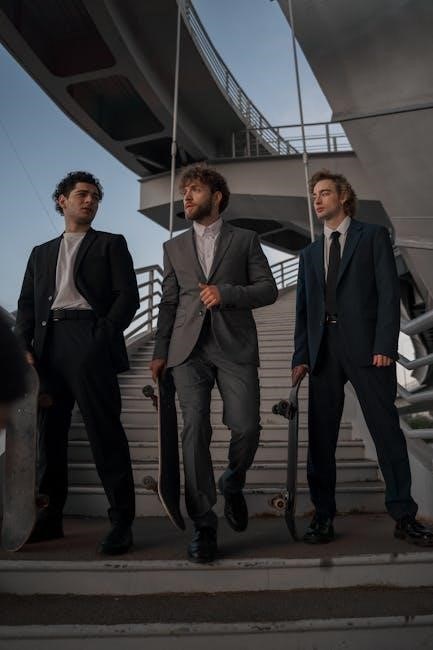
Elemental Advantages and Disadvantages
Epic Seven’s elemental system revolves around Fire, Ice, Earth, and Light/Dark. Each element has strengths and weaknesses affecting combat outcomes. Balancing elemental matchups is crucial for success in both PvE and PvP, as exploiting enemy vulnerabilities while protecting against yours can turn the tide of battle. Understanding these interactions is key to building effective teams and adapting strategies.
Elemental System in Epic 7
Epic Seven features a dynamic elemental system with four core elements: Fire, Ice, Earth, and Light/Dark. Each element has inherent strengths and weaknesses that influence battles. Fire excels against Ice, Ice against Earth, and Earth against Fire, creating a rock-paper-scissors dynamic. Light and Dark elements are neutral but possess unique advantages, with Light countering Dark and vice versa. Understanding these elemental interactions is vital for strategic team building and exploiting enemy vulnerabilities. Properly aligning your team’s elemental composition can significantly enhance your chances of success in both PvE and PvP modes.
Strategic Use of Elemental Weaknesses
Exploiting elemental weaknesses is a cornerstone of success in Epic Seven. By aligning your team’s elemental affinities to counter enemies, you can dealsignificantly more damage and gain a strategic advantage. For instance, Fire characters excel against Ice enemies, while Ice characters are effective against Earth. Light and Dark elements, though neutral, can still be used to exploit specific vulnerabilities. Identifying and targeting enemy weaknesses ensures higher damage output and increased control in battles. This strategy is particularly crucial in both PvE and PvP modes, where optimizing elemental matchups can make or break your progress. Always tailor your team composition to the elements of your adversaries for maximum efficiency.
Building Teams Around Elemental Strengths
Constructing teams that leverage elemental strengths is vital for maximizing damage and survivability. Focus on assembling units that share elemental synergies, such as Fire, Ice, Earth, Light, or Dark. For example, a Fire-based team can dominate Ice enemies, while an Earth team excels against Fire foes. Pairing a strong elemental DPS with supportive units of the same element amplifies their effectiveness. Additionally, incorporating tanks or healers with complementary elements enhances team cohesion. Balancing elemental strengths ensures versatility in various combat scenarios, allowing you to adapt to enemy compositions and exploit weaknesses effectively in both PvE and PvP content.
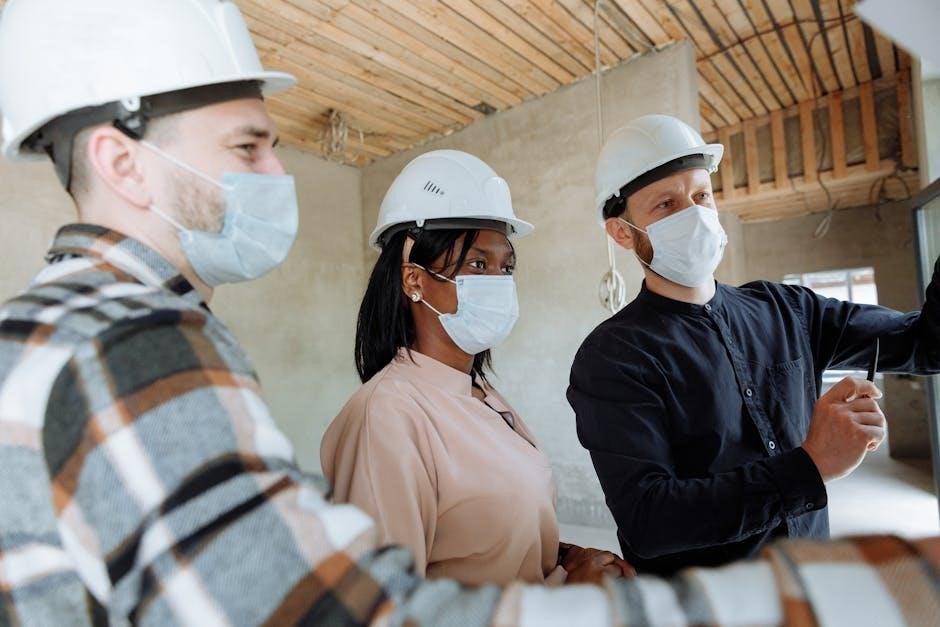
Key Stats and Gearing for Team Members
Optimizing stats like HP, ATK, DEF, and SPD is crucial for enhancing team performance. Prioritize primary stats for raw power, then focus on secondary stats like CRIT and Effectiveness to refine abilities. Gearing strategies should aim for balanced equipment that complements each character’s role, ensuring peak performance in combat scenarios.
Primary Stats: HP, ATK, DEF, and SPD
Primary stats such as HP, ATK, DEF, and SPD form the foundation of a character’s effectiveness in Epic Seven. HP determines survivability, ATK influences damage output, DEF reduces incoming damage, and SPD affects turn order. Balancing these stats is crucial for optimizing team performance. For example, tanks rely heavily on DEF and HP, while DPS characters prioritize ATK and SPD. Healers often benefit from a mix of HP and SPD to sustain and support the team. Understanding how these stats interact is essential for building well-rounded teams capable of tackling various challenges in both PvE and PvP content.
Secondary Stats: CRIT, Evasion, and Effectiveness
Secondary stats such as CRIT, Evasion, and Effectiveness play a pivotal role in refining a character’s performance. CRIT increases the chance of landing critical hits, boosting damage output for DPS characters. Evasion enhances survivability by allowing characters to dodge attacks, particularly beneficial for fragile units. Effectiveness determines the success rate of skills and debuffs, making it crucial for both offense and defense. Balancing these stats ensures optimal synergy, enabling characters to execute their roles effectively. For instance, a high CRIT rate on a DPS hero or elevated Evasion on a tank can significantly enhance team viability in challenging content.
Gearing Strategies for Optimal Performance
Gearing is crucial for maximizing a character’s potential in Epic Seven. Focus on prioritizing key stats like HP, ATK, and DEF based on the character’s role. For DPS characters, aim for high ATK and CRIT to enhance damage output. Tanks benefit from HP and DEF to increase survivability, while supports may prioritize SPD for faster skill rotations. Artifact selection should complement the character’s abilities, providing additional utility or damage. Substats like effectiveness and evasion further refine performance. Always consider the content type—PvE may require different optimizations compared to PvP. Proper gearing ensures your team is well-prepared for any challenge.
PvE Team Compositions
PvE team compositions in Epic Seven vary by stage, requiring tailored setups for optimal progress. Early-game teams focus on simplicity, while mid-game introduces synergy and late-game demands specialization for boss battles.
Best Teams for Early Game PvE Content
Early PvE content in Epic Seven emphasizes simplicity and ease of use. Teams like Celestial Mercedes and Bellona shine due to their strong cleave potential and minimal gearing requirements. Fumyr and Iseria are excellent supports for early-game progression, providing sustain and crowd control. These units are readily available and effective, making them ideal for new players. Focus on building versatile heroes who can adapt to various stages, ensuring smooth progression through episodes. Gearing priorities should center on enhancing survivability and damage output to handle early bosses and wave clears efficiently.
Mid-Game PvE Team Builds
Mid-game PvE content introduces tougher stages and boss encounters, requiring more refined team compositions. The BBK cleave with Double Tagehels remains highly effective, leveraging burst damage and crowd control. Aramintha’s versatility as an AoE healer and damage dealer makes her a mid-game staple. Units like Ken or Leonidas provide defensive stability, while Fumyr or Iseria offer sustain and utility. Gearing should prioritize speed and effectiveness to maintain turn cycles. These builds balance damage output and survivability, ensuring progress through challenging episodes and preparing for endgame content. Focus on optimizing your roster for adaptability and synergy to tackle mid-game hurdles effectively.
Endgame PvE Team Compositions
Endgame PvE content demands precision and optimization. Speed-clear teams for Wyvern 13 are essential, utilizing fast, high-damage units like Celestial Mercedes and Bellona. Specialized teams for Golem and other bosses require tailored strategies, often involving AoE attackers like Victorika and support units like Aramintha. Gearing focuses on maximizing effectiveness, CRIT, and speed to ensure quick, efficient clears. Synergy between units is crucial, with healers, buffers, and debuffers working in harmony. These compositions ensure minimal downtime and peak performance, helping you conquer the toughest challenges in Epic Seven’s late-game content.
PvP Team Compositions
PvP demands strategic team builds for Arena and Guild Wars. Focus on high-damage cleave teams like Arbiter Vildred or double Tagehels with BBK for consistent wins. Adaptability and synergy are key.
Best Teams for Arena
In Arena, top-tier teams often revolve around high damage and synergy. Arbiter Vildred paired with Celestial Mercedes and Bellona forms a potent cleave team, excelling at bursting enemies. Alternatively, double Tagehels with BBK offer consistent damage and crowd control. For a more versatile approach, Ken and Auxiliary Lots provide strong debuffs and support. Teams like C. Dom and Aux Lots focus on controlling battles through buffs and debuffs. Each composition requires precise timing and synergy to outperform opponents in competitive PvP. Adaptability and character effectiveness are key to securing victories in Arena.
Effective Teams for Guild Wars
Guild Wars in Epic Seven demand balanced and coordinated teams to tackle challenging opponents. Victorika and Aramintha are standout AoE attackers, capable of devastating enemy squads. Pairing them with Ken, who provides crucial defense breaks, enhances their effectiveness. Auxiliary units like Auxiliary Lots and Chloe offer buffs and debuffs, ensuring team synergy. Defense-focused heroes such as Iseria or Merlin can stabilize the team, while healers like Alencia or Angelica maintain sustainability. Building a mix of damage, control, and support ensures versatility in Guild Wars, allowing teams to adapt to various enemy compositions and secure victories in competitive settings.
Specialized Teams for Specific PvP Modes
In Epic Seven, PvP modes require tailored strategies. For Arena, cleave teams like Celestial Mercedes and Bellona excel at bursting enemies quickly. Double Tagehels setups offer sustained damage and survivability, making them ideal for prolonged battles. In RTA (Real-Time Arena), Arbiter Vildred remains a top pick despite nerfs, providing consistent damage and crowd control. Auxiliary Lots and Chloe enhance team synergy with buffs and debuffs. Specialized teams for specific modes ensure adaptability and effectiveness, allowing players to dominate various competitive scenarios and climb the ranks efficiently. Building these compositions requires a deep understanding of character strengths and PvP dynamics.
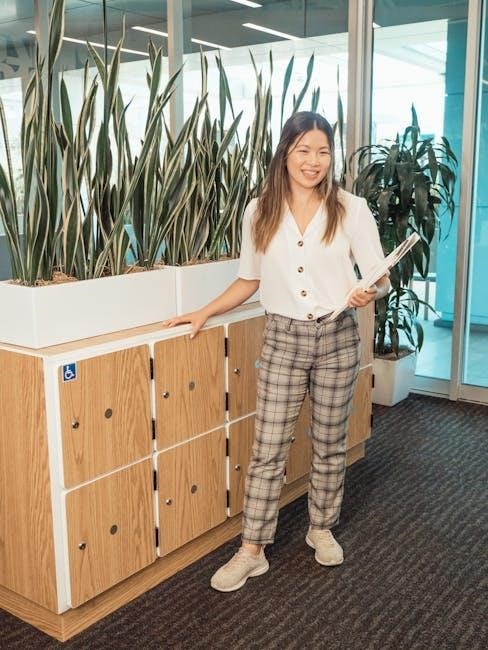
Epic 7 Tier List
Epic Seven’s tier list ranks characters based on their viability in PvE and PvP, helping players choose optimal units for their teams. Regular updates reflect balance changes and meta shifts, ensuring players can adapt effectively to current strategies and challenges.
Current Meta and Top-Tier Characters
The current meta in Epic Seven emphasizes powerful, versatile characters who excel in both PvE and PvP. Top-tier units like Arbiter Vildred, Celestial Mercedes, and Double Tagehels dominate due to their high damage output and synergy. These characters often feature in popular team compositions, such as cleave or arena setups. Their abilities provide consistent performance across various game modes, making them indispensable for competitive play. Staying updated with the meta ensures players can adapt their teams to the latest strategies and character buffs or nerfs, maximizing their chances of success in challenges like Wyvern 13 and Guild Wars.
Underrated Characters for Specific Roles
While top-tier characters dominate the meta, several underrated units shine in specific roles. Fumyr, for instance, offers exceptional single-target damage and utility, making him a hidden gem for PvE and PvP. Similarly, Mortrica excels as a versatile healer with elemental advantage capabilities. Characters like Ken provide robust tanking and counterattack mechanics, proving invaluable in niche strategies. These underrated heroes often bring unique benefits to team compositions, offering flexibility and surprising effectiveness when built properly. Incorporating them can diversify your gameplay and unlock strategic possibilities without relying solely on meta picks.
How to Use Tier Lists for Team Building
Tier lists are invaluable tools for identifying strong characters but should be used as a guide, not a strict rulebook. They highlight meta-defining units and niche picks, helping players discover viable options for their roster. Start by focusing on highly-rated characters for their roles, then experiment with underrated units for uniqueness. Balance tier rankings with personal playstyle and available gear to optimize performance. Remember, flexibility is key; adapt tier list recommendations to suit your specific needs and the evolving meta, ensuring your team remains competitive and dynamic across different game modes and challenges.
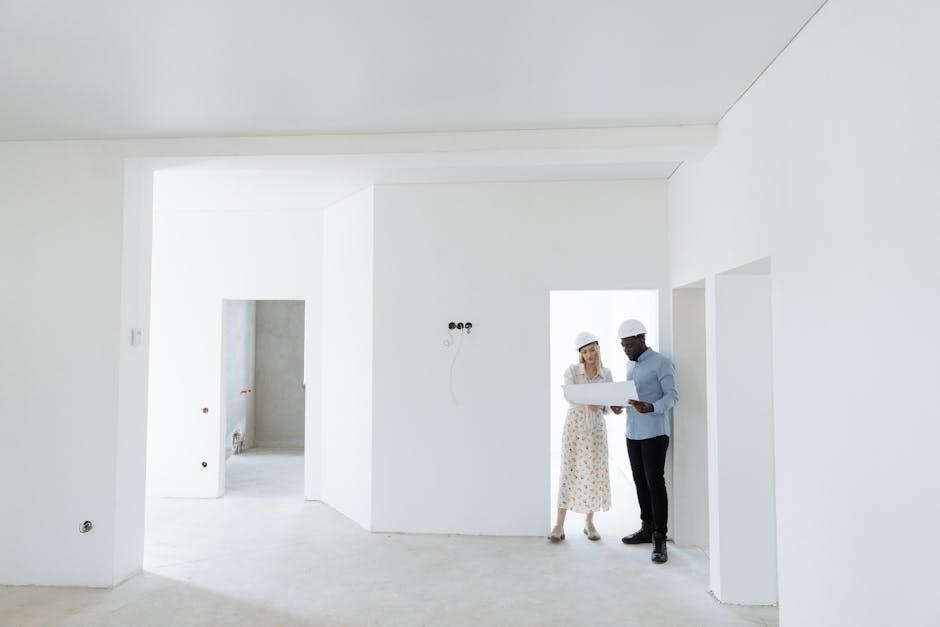
Popular Team Builds in Epic 7
Popular team builds include Celestial Mercedes and Bellona Cleave, known for fast clears, and Double Tagehels with BBK Cleave, offering high burst damage. Arbiter Vildred remains viable post-nerf.
Celestial Mercedes and Bellona Cleave
Celestial Mercedes and Bellona form a powerful cleave team, excelling in speed and burst damage. Mercedes provides a crucial speed boost, enabling Bellona to dominate battles with her high attack power. This composition is ideal for challenger content, allowing players to maintain momentum and clear waves efficiently. The team’s synergy makes it a popular choice for progressing through difficult stages and earning valuable resources like skystones. With proper gearing and skill enhancements, this duo can tackle challenging PvE and PvP scenarios effectively, showcasing their versatility and strength in Epic Seven’s competitive landscape.
Double Tagehels and BBK Cleave
Double Tagehels and BBK Cleave is a high-damage composition that relies on burst damage and synergy between characters. Tagehels provide consistent damage and crowd control, while BBK amplifies their effectiveness with area-of-effect attacks. This team excels in cleaving through waves quickly, making it ideal for farming and speed clears. Proper gearing and skill enhancements are crucial to maximize damage output. The combination is particularly popular in PvE content like Wyvern 13, where speed and efficiency are key. With effective setup, this team can dominate challenges, showcasing its power and versatility in Epic Seven’s competitive environment.
Arbiter Vildred Showcase Post-Nerf
Arbiter Vildred remains a formidable unit in Epic Seven, even after his nerf. Known for his exceptional cleave potential and synergy with double Tagehels, Vildred excels in compositions focused on burst damage. His ability to trigger auxiliary attacks and amplify allies’ damage makes him a key player in speed clears and farming content. While his effectiveness in certain meta compositions has diminished, Vildred still shines in niche roles, particularly when paired with high-damage dealers. Proper gearing and team support can maximize his impact, proving he retains value in specific strategies despite balance adjustments.
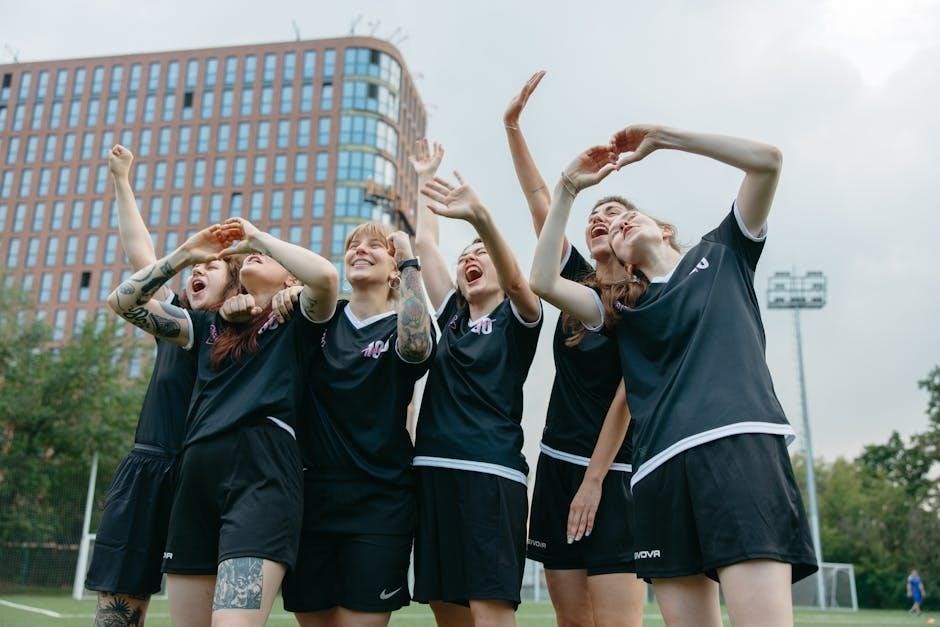
Beginner’s Guide to Team Building
Start with early game heroes, focus on role diversity, and progress through Wyvern 13 teams. Learn basics of gearing and adjust compositions as you advance through content.
Early Game Team Composition Tips
Start by focusing on heroes with high utility and accessibility. Prioritize a balanced team with a tank, healer, and damage dealer. Early-game heroes like Angelica, Coli, and Elsharion are excellent starters. Focus on enhancing their gear and abilities to improve performance. Experiment with different combos to understand synergy. For Wyvern 13, build a team with sustained damage and survivability. Avoid over-investing in niche units until later stages. Keep your team flexible to adapt to various content types, ensuring a smooth progression through early game challenges and story missions.
Mid-Game Adjustments for Team Synergy
As you progress, refine your team by focusing on synergy and role balance. Upgrade gear and abilities to enhance performance in challenging content like Wyvern 13 and Abyss. Experiment with unit pairings that complement each other, such as healers supporting damage dealers. Consider elemental advantages to exploit enemy weaknesses. For example, Vildred and F.Kenneth excel in cleave teams, while Iseria and Ravi provide strong support. Adjust your strategy to adapt to tougher enemies, ensuring your team remains versatile and effective. Optimize artifacts and equipment to maximize stats like CRIT and effectiveness, enabling smoother progression through mid-game content.
Transitioning to Late Game Teams
Transitioning to late-game teams requires refining your composition and optimizing gear. Focus on high-tier units like Vildred, F.Kenneth, and Iseria, who excel in endgame content. Prioritize artifact enhancement and stat optimization, such as maximizing Effectiveness and CRIT rates. Experiment with cleave teams for fast clears or bruiser setups for tanky bosses. Adapt your strategy to tackle challenges like Wyvern 13 and Golem hunts, ensuring your team has the necessary synergy and damage output. Continuous improvement and adaptation are key to dominating late-game content and achieving speed clears in competitive modes.
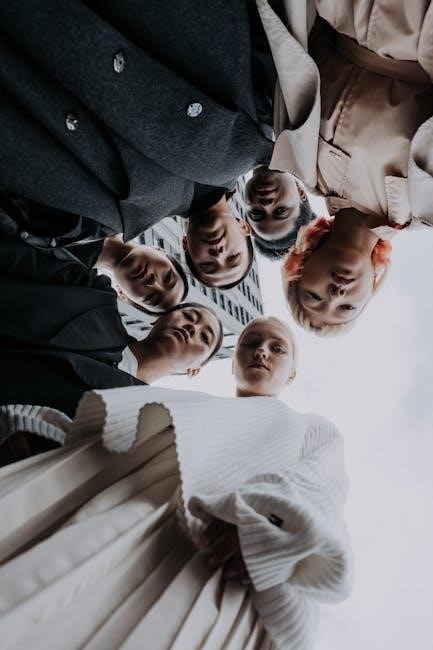
Advanced Strategies for Team Building
Advanced strategies involve refining team synergy, optimizing gear, and adapting to specific challenges like Wyvern 13 and Golem hunts for maximum efficiency and success.
Optimizing for Wyvern 13 Speed Clears
Wyvern 13 speed clears require precise team composition and gear optimization to minimize battle time. Focus on high-speed units with strong AoE capabilities, such as Double Tagehels or BBK, to quickly decimate waves. Ensure your team has high effectiveness and crit rates to maximize damage output. Utilize speed-boosting gear like speed sets or crit damage accessories to further accelerate clears. Additionally, consider energy generation and sustain to maintain consistent attacks throughout the battle. With proper tuning, these teams can achieve sub-10-minute clears, making them highly efficient for farming materials and resources.
Specialized Teams for Golem and Other Bosses
Building teams for Golem and other bosses requires a focus on sustainability and high, consistent damage. Units like Victorika or Aramintha excel with AoE attacks, while Ken provides defense and sustain. Elemental alignment is crucial; ensure your team matches the boss’s weakness. Gear with HP/DEF sets for tanks and ATK/Crit for damage dealers optimizes performance. Incorporate debuffers to reduce enemy defenses and enhance damage output. Healers or support units like Bellona can maintain team survivability. A well-rounded composition with proper synergy ensures efficient boss clears and minimizes wipe risks, making your team adaptable to various boss mechanics and challenges.
Adjusting Teams for Seasonal Events
Seasonal events in Epic 7 often introduce unique mechanics, rewards, and challenges, requiring tailored team adjustments. Focus on rotating units that align with event themes or elemental advantages. Utilize limited-time characters or buffs to gain an edge. Adapt strategies to counter event-specific enemies or objectives, such as increased debuff effectiveness or enhanced elemental weaknesses. Stay flexible and experiment with new team compositions to maximize rewards. Prioritize units with skills that synergize with event mechanics, ensuring your team remains competitive and efficient throughout the event duration.
Continuous learning and adaptability are key to mastering Epic 7. Experiment with various team compositions, stay updated with the meta, and always seek improvement for optimal success.
Key Takeaways for Successful Team Building
Successful team building in Epic 7 requires balancing roles, leveraging elemental strengths, and optimizing gear. Focus on synergy between characters, ensuring a mix of tanks, healers, DPS, and supports. Prioritize stats like HP, ATK, and SPD based on your hero’s role. Utilize tier lists to identify strong characters but don’t overlook underrated gems. Experiment with compositions for different content like PvE and PvP. Stay updated with meta changes and adapt strategies. Finally, continuously learn from guides, community feedback, and your own gameplay to refine your teams and achieve victory in all game modes.
Encouragement to Experiment and Adapt
Experimentation is key to mastering Epic 7 team building. Don’t be afraid to try new compositions and strategies, as this is where innovation happens. Adaptability is crucial, as the meta and your roster evolve. Embrace changes in the game’s balance and explore underrated characters to uncover hidden potential. Learning from failures and successes alike will refine your approach. The ever-changing nature of Epic 7 rewards flexibility, so stay open to new ideas and adjustments. By continuously adapting, you’ll not only improve your gameplay but also enhance your enjoyment of the game’s dynamic challenges.
Continuous Learning and Improvement in Epic 7
Continuous learning is vital for long-term success in Epic 7. Stay updated on meta shifts, balance changes, and new strategies through community guides and tier lists. Engage with forums, streams, and videos to gain insights from experienced players. Regularly assess your team’s performance and identify areas for improvement. Practice active learning by testing new compositions and analyzing their effectiveness. Over time, this process will refine your skills and deepen your understanding of the game, helping you build better teams and tackle challenges with confidence.